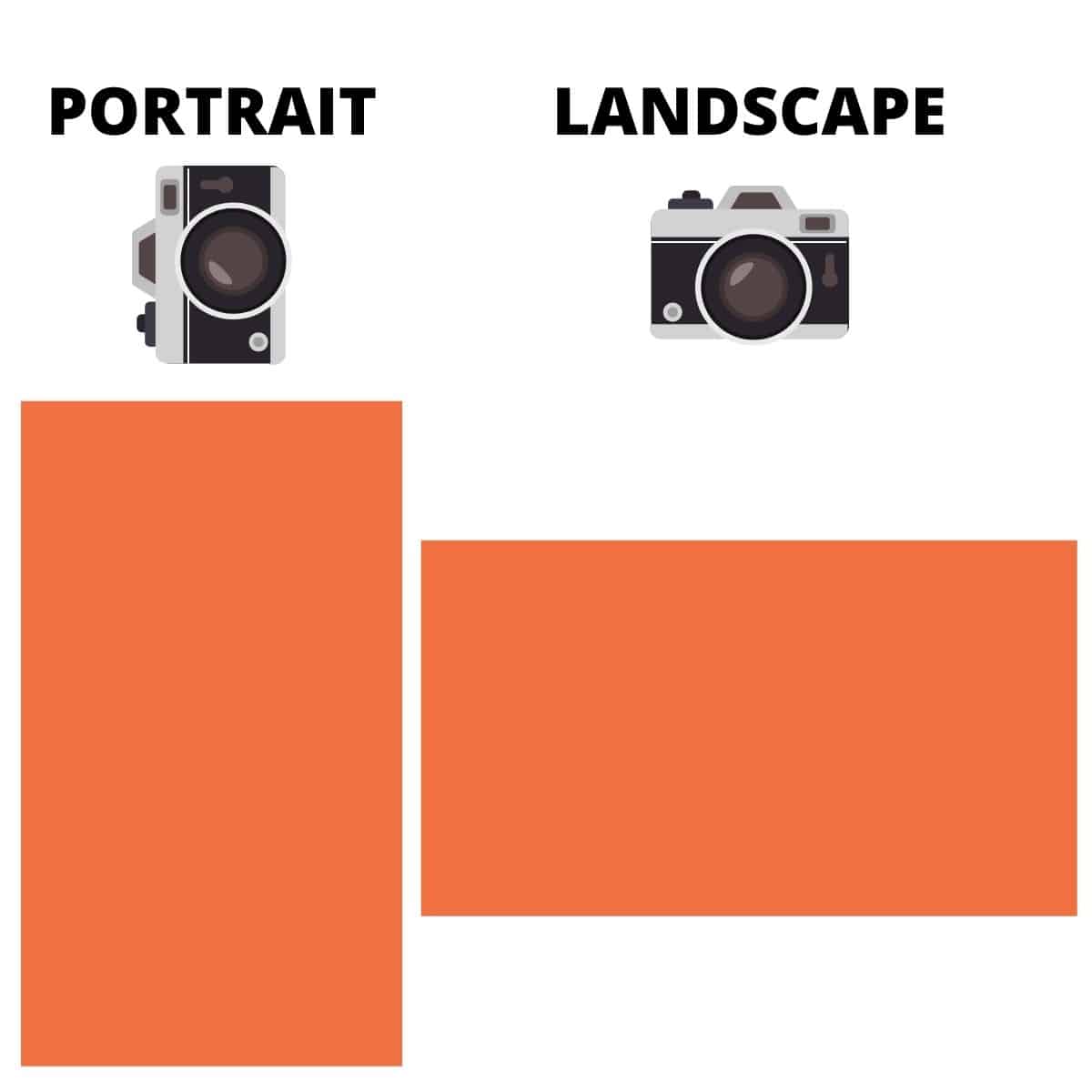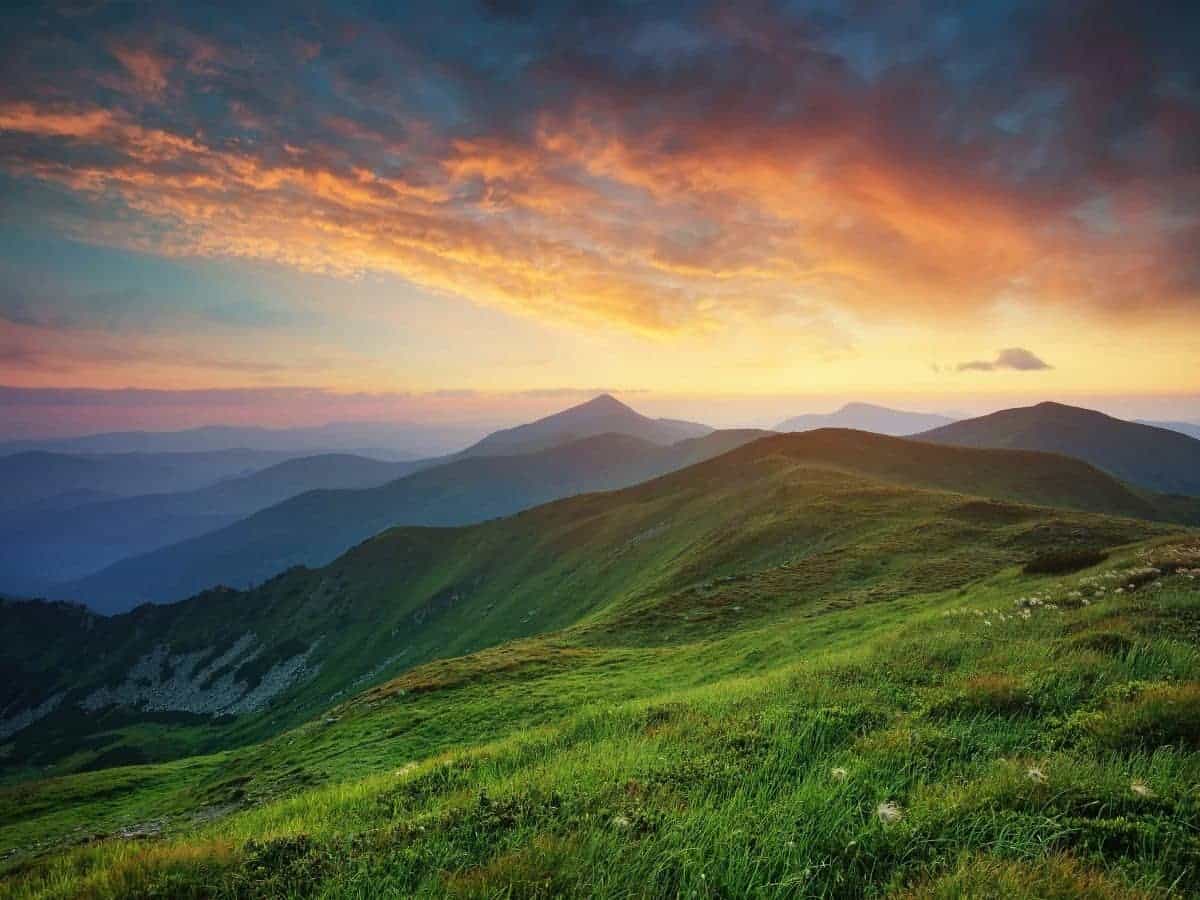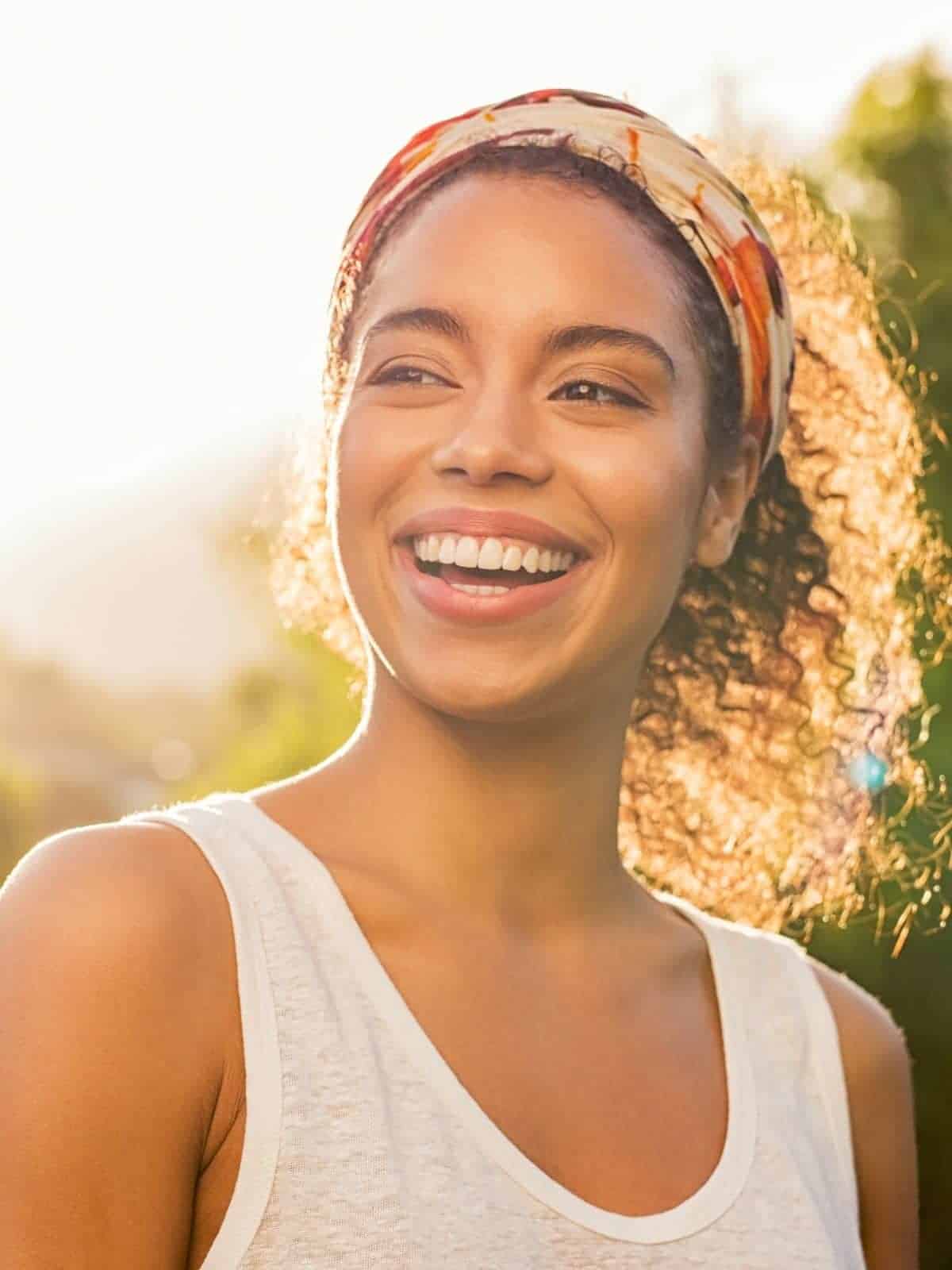Landscape orientation is wider than its height, while portrait orientation is taller than its width. Learn the pros and cons of both.

Image orientation is an important aspect of any photo because it affects the composition.
Related: 10 beginner composition tips
Since most cameras and smartphones only allow you to take rectangular images, portrait and landscape are your two options.
By understanding the purpose, benefits, and drawbacks of each type, you can capture amazing photos.
Related: How does color affect an image?
Difference between landscape and portrait orientation
The first thing to know is the terminology and main difference between the two.
Landscape orientation is when the image is horizontal. The width is greater than the height. Portrait orientation means that the image is vertical. The height is greater than the width.
Both types of orientations are used outside of photography, too. It can refer to the layout of a book, painting, drawing, and other rectangular things.
Related: 10 best lighting kits for photography
Before diving into each image orientation, the terms landscape and portrait can also refer to the genre of photography.
Portrait photography refers to pictures that showcase people, whereas landscape photography focuses on landscapes, such as nature, buildings, and other parts of the world.
Now, back to portrait and landscape as an image orientation.
Landscape photo orientation

A landscape orientation refers to an image that’s wider than it is tall. What’s in the photo doesn’t matter because it’s about the layout.
Since the field of view in a landscape is wider, you can capture a broader scene. That’s why landscape orientation is popular among landscape photographers.
Related: What’s the blue hour?
Whether you’re taking a photo of the sky, a mountain range, or the ocean, a wider field of view allows you to create a visually appealing image with different elements.
Landscape orientation is currently more widely used than portrait. Examples of landscape orientation in your daily life include using a computer or watching television.
Landscape composition
When you’re taking a horizontal photo, you can fit more of the scene in the frame. It has benefits and drawbacks when it comes to composition.
With a landscape orientation, you can use the rule of thirds technique with plenty of space on the sides. It helps give a sense of direction and leads to an aesthetic photo.
Related: Understanding the Rule of Thirds
Many times, your subject’s surroundings play a role in telling a story. Whether your subject is a person or a thing, you can purposefully place elements in the frame around the subject to convey a message.
Photographing people using landscape orientation is an excellent way to get a close-up shot.
Typically, it’ll show the person from their shoulders to their head, emphasizing their face and expressions.
While there are many good things about landscape orientation, there are several drawbacks. If you use landscape orientation and take a full-body shot of a person, it’ll feel like they’re far away.
To show their entire body, you’ll need enough distance or a wider lens.
It also affects nature photos, such as mountains. Mountains are majestic and horizontal images can showcase them beautifully.
However, it can also make them appear less powerful because it may not fill the frame.
Related: The best tripod brands in 2021
Overall, landscape orientation is the best way to capture a close-up portrait, headshot, or take a beautiful landscape showing a wider view.
Portrait photo orientation

Portrait orientation refers to a vertical image. It’s taller than it is wide. As you’d expect, it’s ideal for photographing people.
Aside from people, portrait orientation is excellent for architecture, products, and wildlife.
In your daily life, your phone is vertical, and social media has examples of images in portrait orientation.
Portrait composition
Since portrait orientation features more details vertically, you’ll lose the elements to the side.
Therefore, your subject will be the main focus of the image. Whether it’s a person or thing, your subject takes up most of the frame.
Related: Forced perspective: 7 tips and ideas
With people, portrait orientation is beneficial because you can capture their entire body without being far away.
The result is an image where the viewer feels closer to the subject compared to one taken in landscape orientation.
When it comes to compositional techniques, filling the frame is a popular choice with portrait composition. You can also use the rule of thirds.
Keep in mind that everything will be closer than landscape orientation due to the limited side-to-side space.
The main drawback of portrait orientation is that you lose out on horizontal context that may be important.
The bottom line is that portrait orientation is best when you’re focusing on one person or thing. It allows you to accentuate your subject, which can make the image more compelling.
Related: What’s texture in photography?
Which is better?

If you can only choose one image orientation, which is better? It’s hard to answer, as it depends on what you’re photographing.
However, the best image orientation is landscape because it’s more versatile. Not only does it capture plenty of the scene horizontally, but you can also move back to capture what you’d like vertically.
It allows you to crop the image later and turn it into portrait orientation if you’d like. Also, cropping the image to a square is easier.
While you can do the same for an image shot in portrait orientation, you’d have to move back further. If your focus is on one subject, portrait orientation is the way to go.
Another reason landscape photography is better is that it’s more widely used. Whether you’re looking at travel, real estate, sports, and other topics, they’re commonly shown as horizontal images and videos.
Again, landscape orientation is better if you could only choose one. In the real world, you have access to both. The one you use depends on your situation.
The following are common types of photography and which orientation is generally best for it:
- Portrait photography: Portrait orientation.
- Editorial photography: Portrait orientation.
- Nature or landscape photography: Landscape orientation.
- Architecture photography: Portrait orientation.
- Group photos: Landscape orientation.
- Real estate photography: Landscape orientation.
- Sports photography: Landscape orientation.
- Event photography: Landscape orientation.
Related: What’s a telephoto lens, and is it worth it?
Frequently asked questions
Is a square considered portrait or landscape orientation?
A square is neither portrait nor landscape orientation because all of the sides are equal. It’s a hybrid of the two and is in its own category.
Is portrait or landscape better for videos?
If you’re shooting a video, use landscape orientation because it’s the video standard. It’s what you’ll watch on television, at the movie theater, and on a computer.
How do I change my phone to landscape orientation?
To take an image with your phone in landscape orientation, turn it to the side. To view content horizontally, turn off the vertical lock in your phone’s control center.
Conclusion
Landscape orientation is horizontal, and portrait orientation is vertical.
While you have to choose one when you take a photo, you can change the orientation by using a crop tool on your phone or editing software.
Remember, it’s about your subject, the scene, and the message or feeling you want to convey. Choose an orientation to help enhance your photo.
Featured image by David Em/Portraits Refined.

